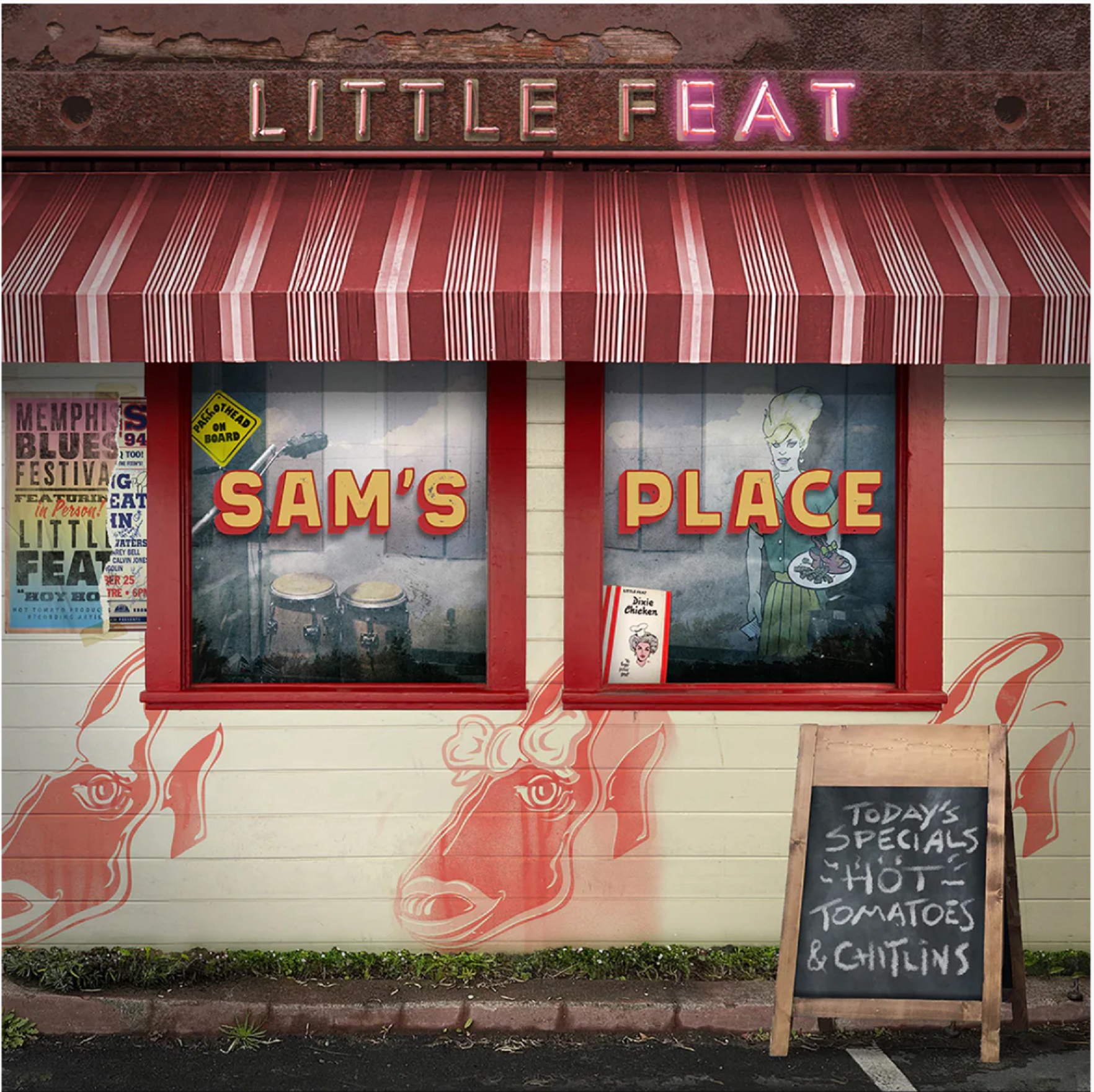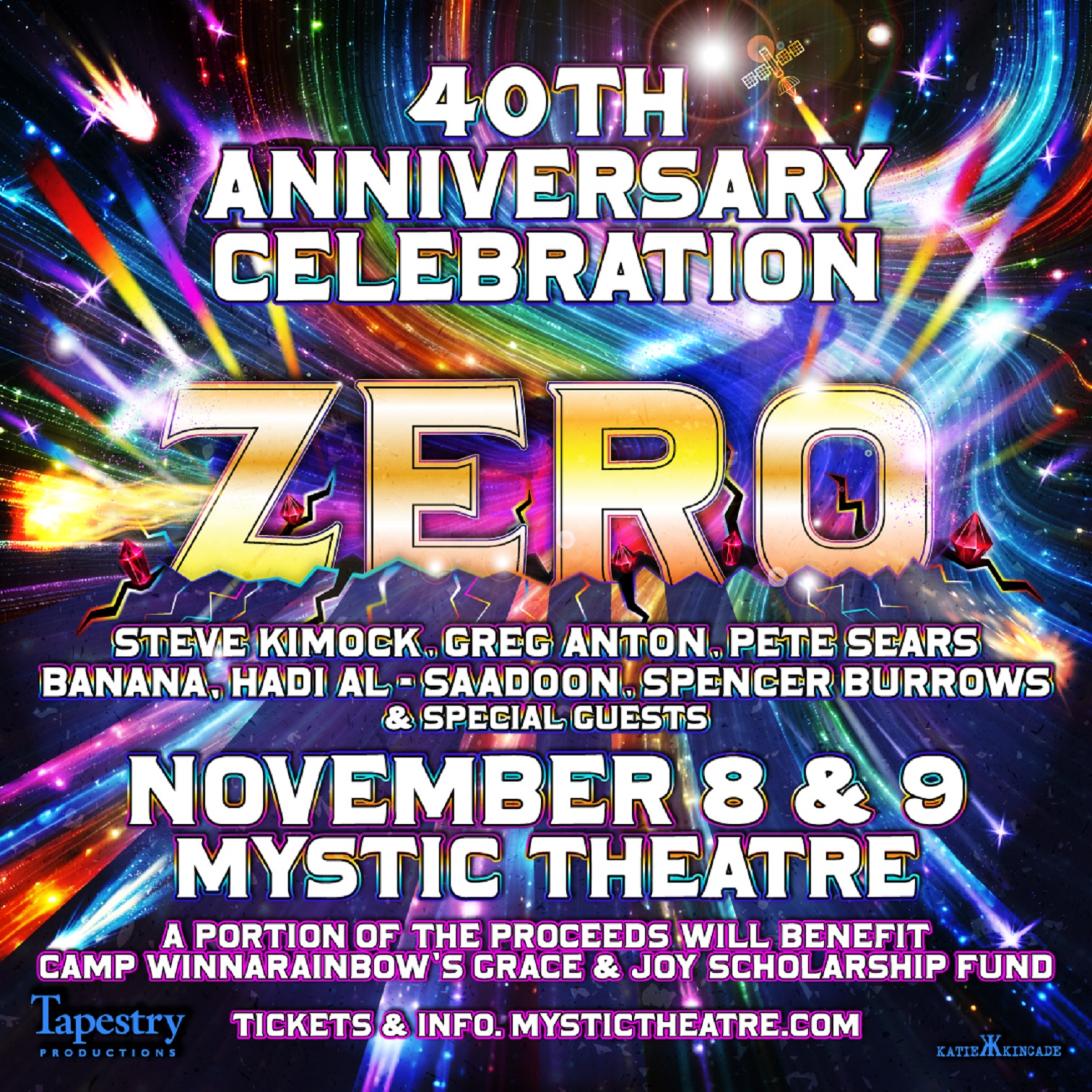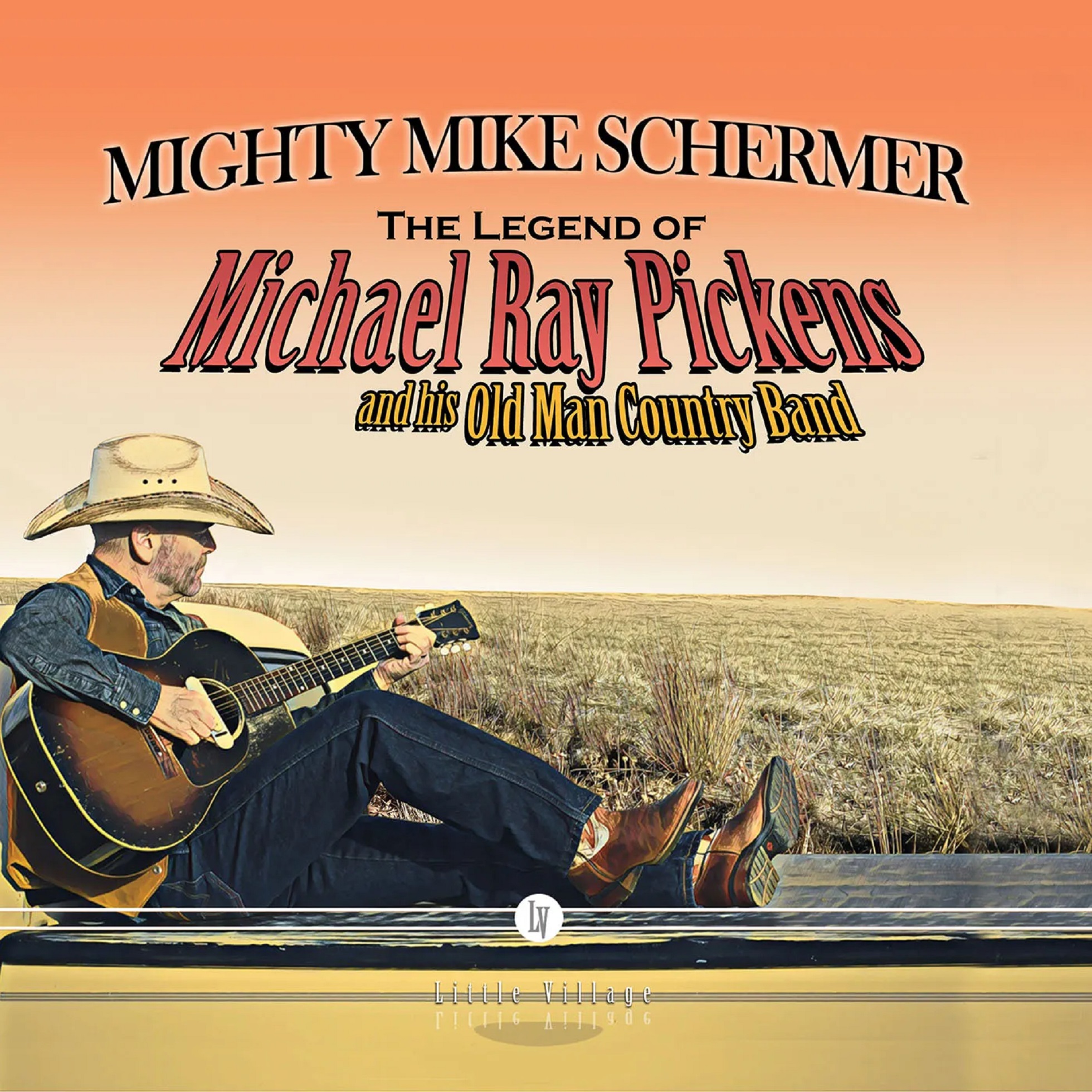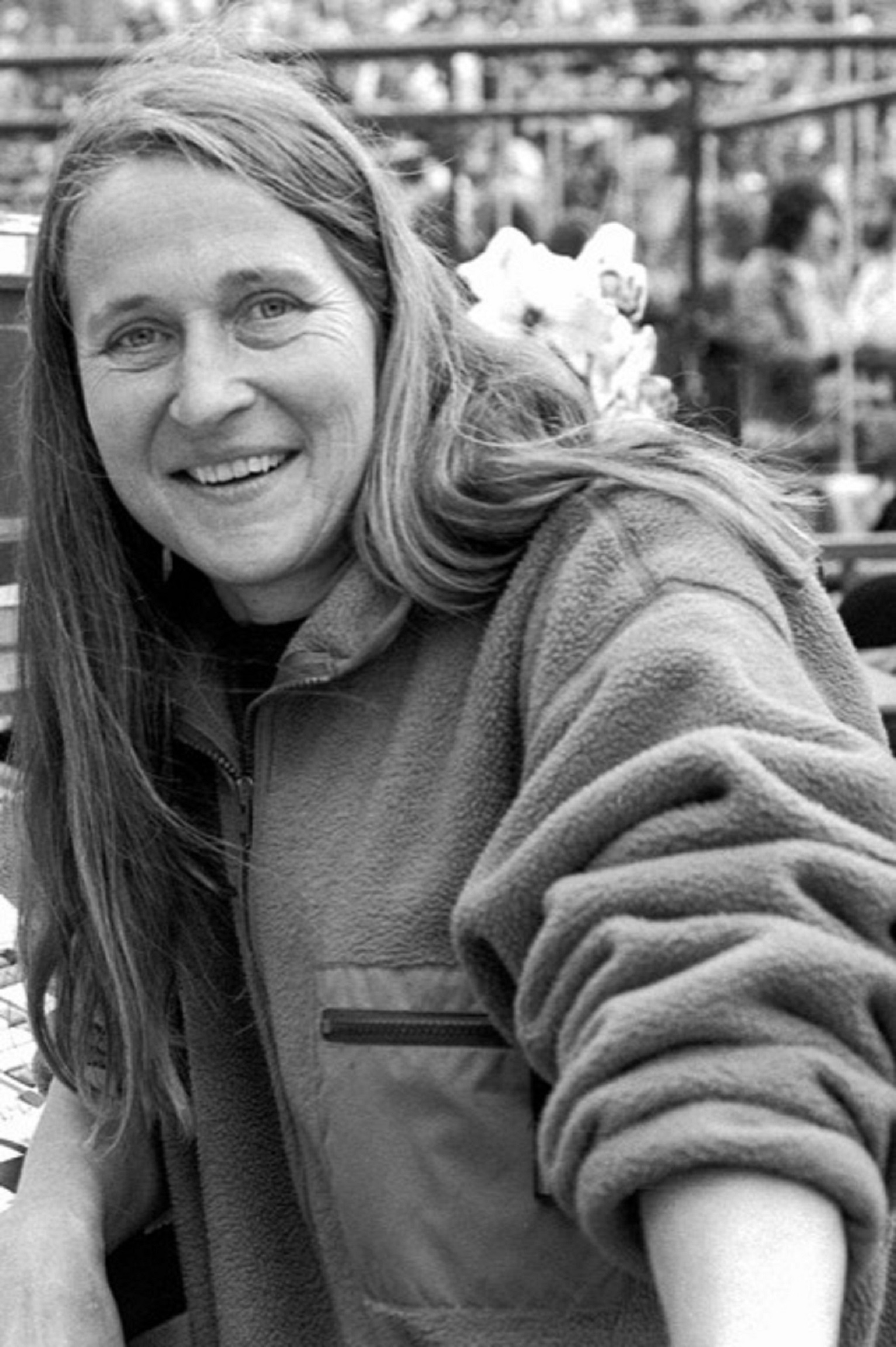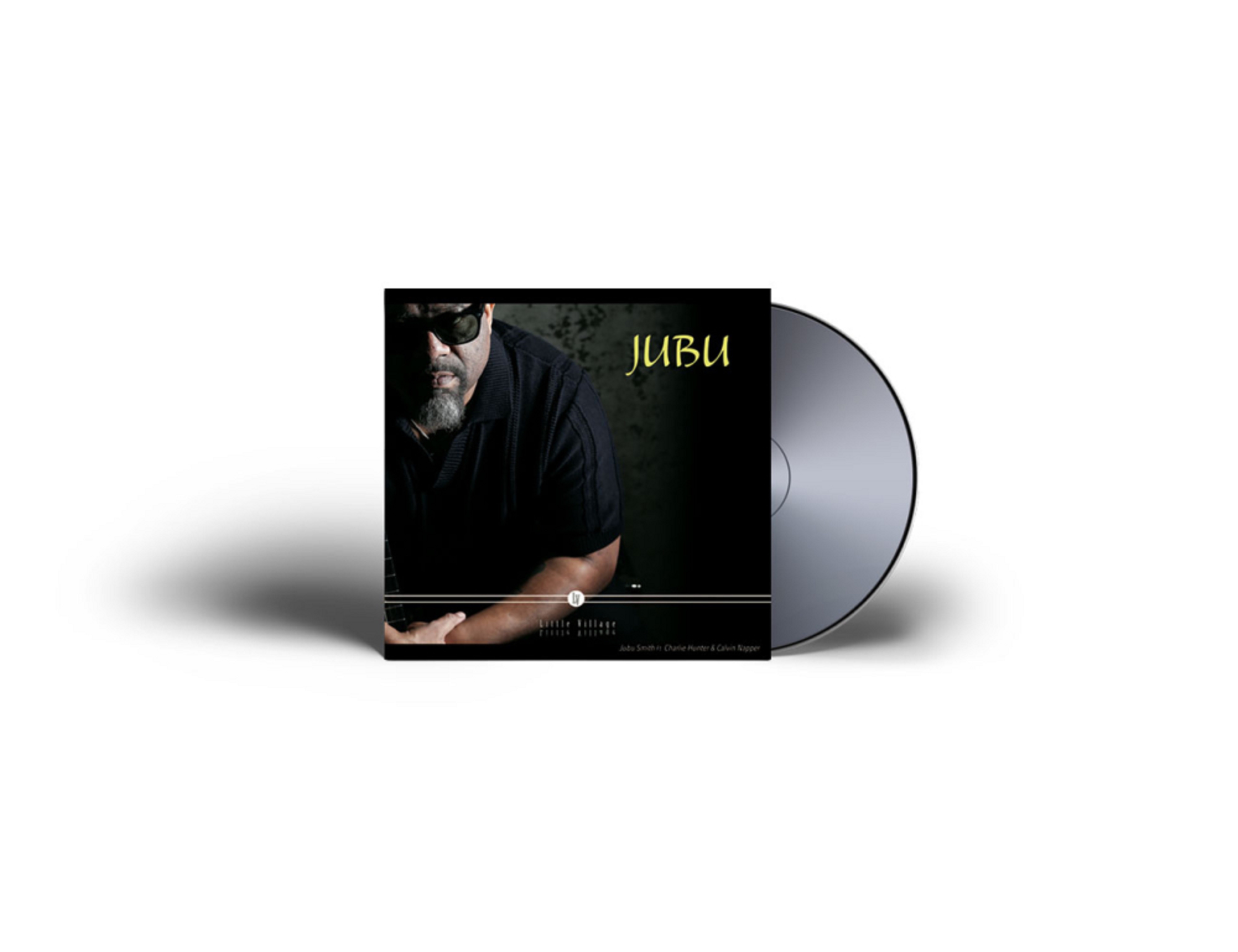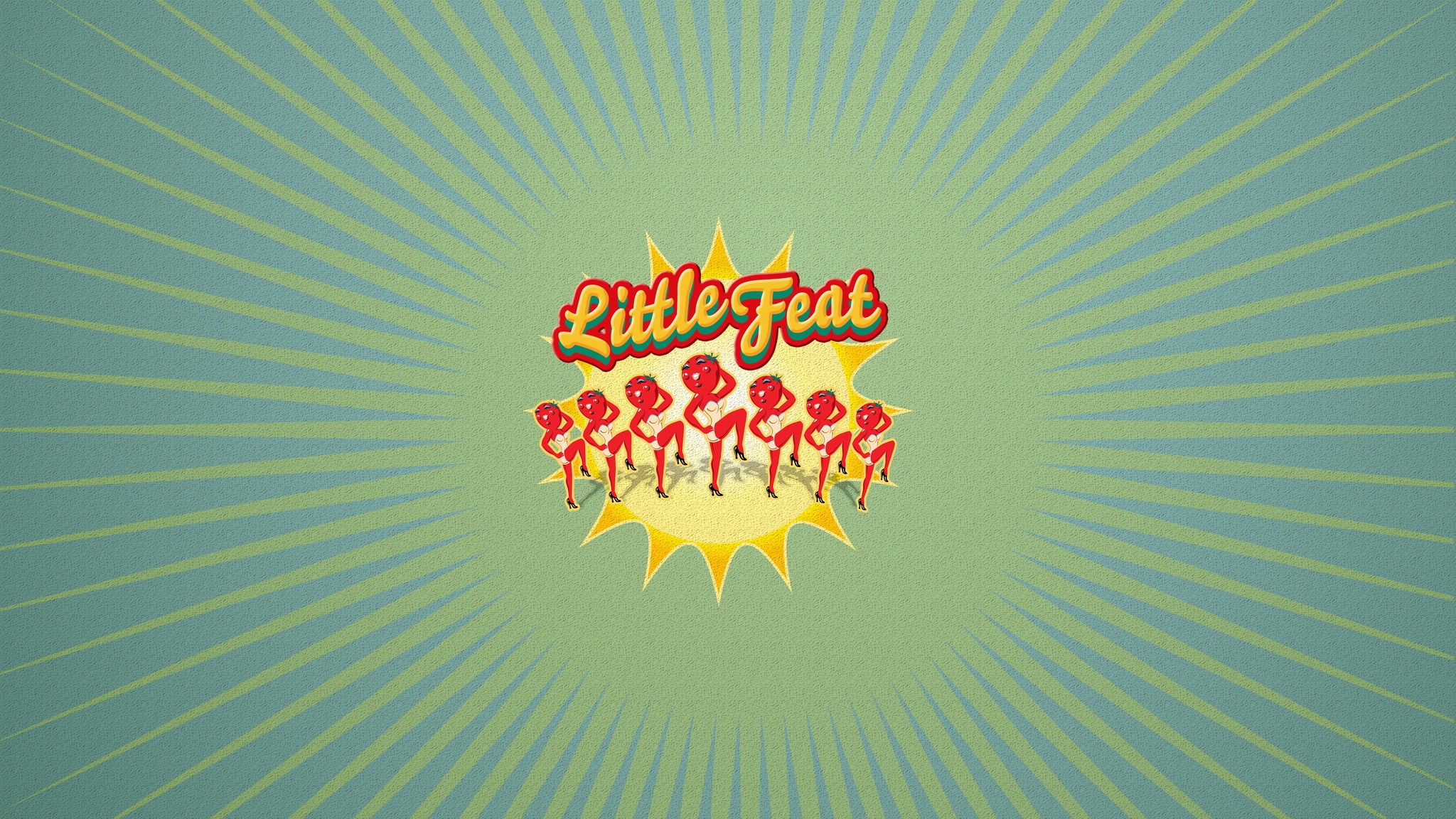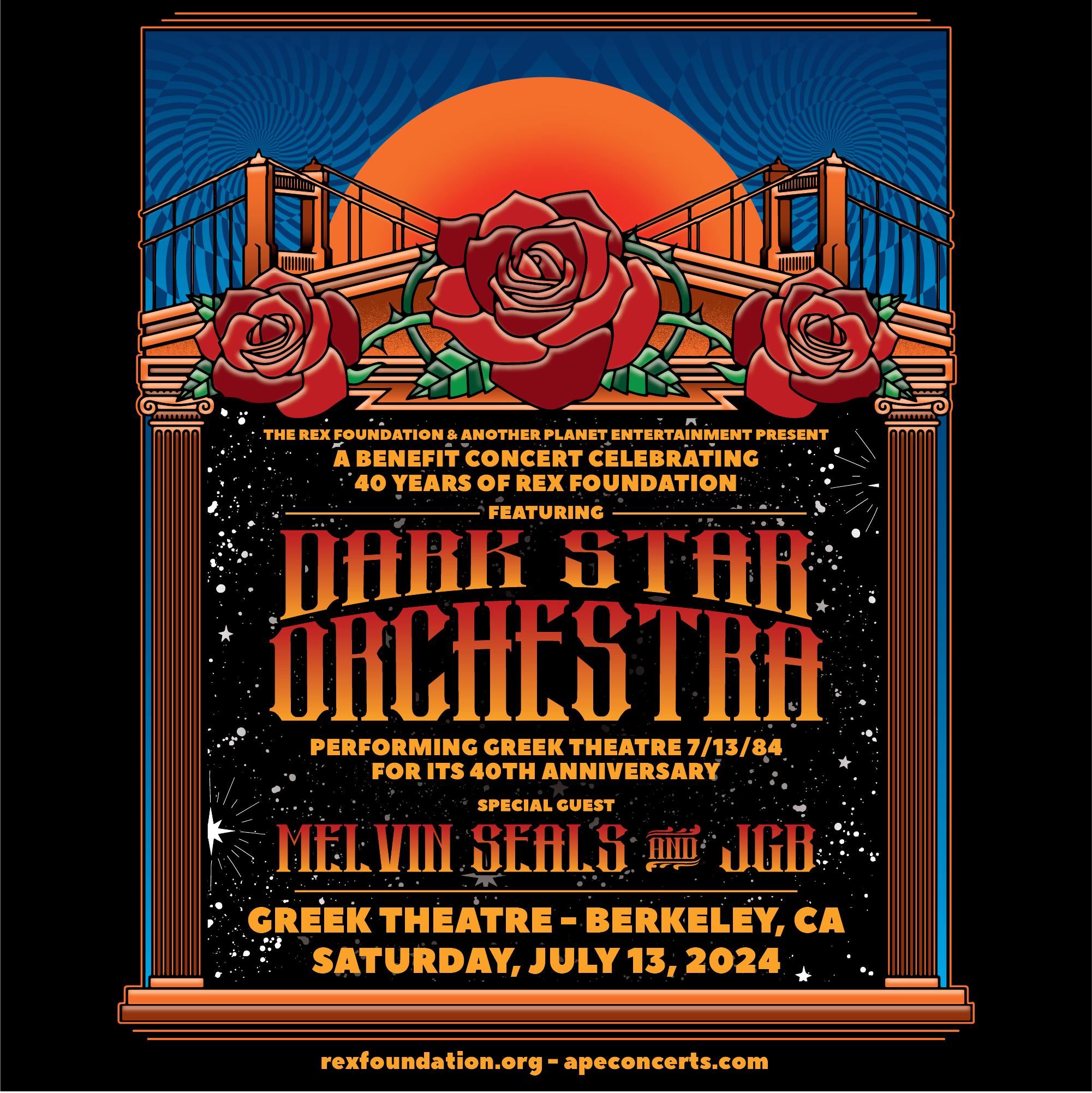Memory is the latest documentation of the always-fascinating ongoing encounter of two remarkable musical minds, keyboardists Bob Bralove and Tom “T.C.” Constanten, also known as Dose Hermanos. Though both came to prominence associated with the Grateful Dead, Tom as keyboard player from 1968 to 1970, and Bob as an engineer, programmer, and occasional performer from 1987 to 1995, this music is Dead-like only in its wide-open, wholly improvisational exploration of a vast musical universe with only one rule: does the result, said Bralove, “feel like Dose?”

Their playing, thought Tom, felt as though they were Sinbad the Sailor going out to explore the seven seas of music. “And we found a lot of sea creatures to consort with.” “The history of most musical cultures,” he continued, “is the story of the emergence and evolution of a code, a ‘way it’s done,’ pointing the way to successful outcomes. From time to time someone would come along with an inspired vision, usually requiring a rewriting of the rules. From the start, the Dose Hermanos approach has been to get as close as possible to 100% improvisation all the time. To interact musically, and then see where it leads.” The result is, to quote Earle Brown, “not a composition that is performed, but a performance that is composed.”
The amazing thing, Bob added, is “how willing listeners have been to come along for the ride.”
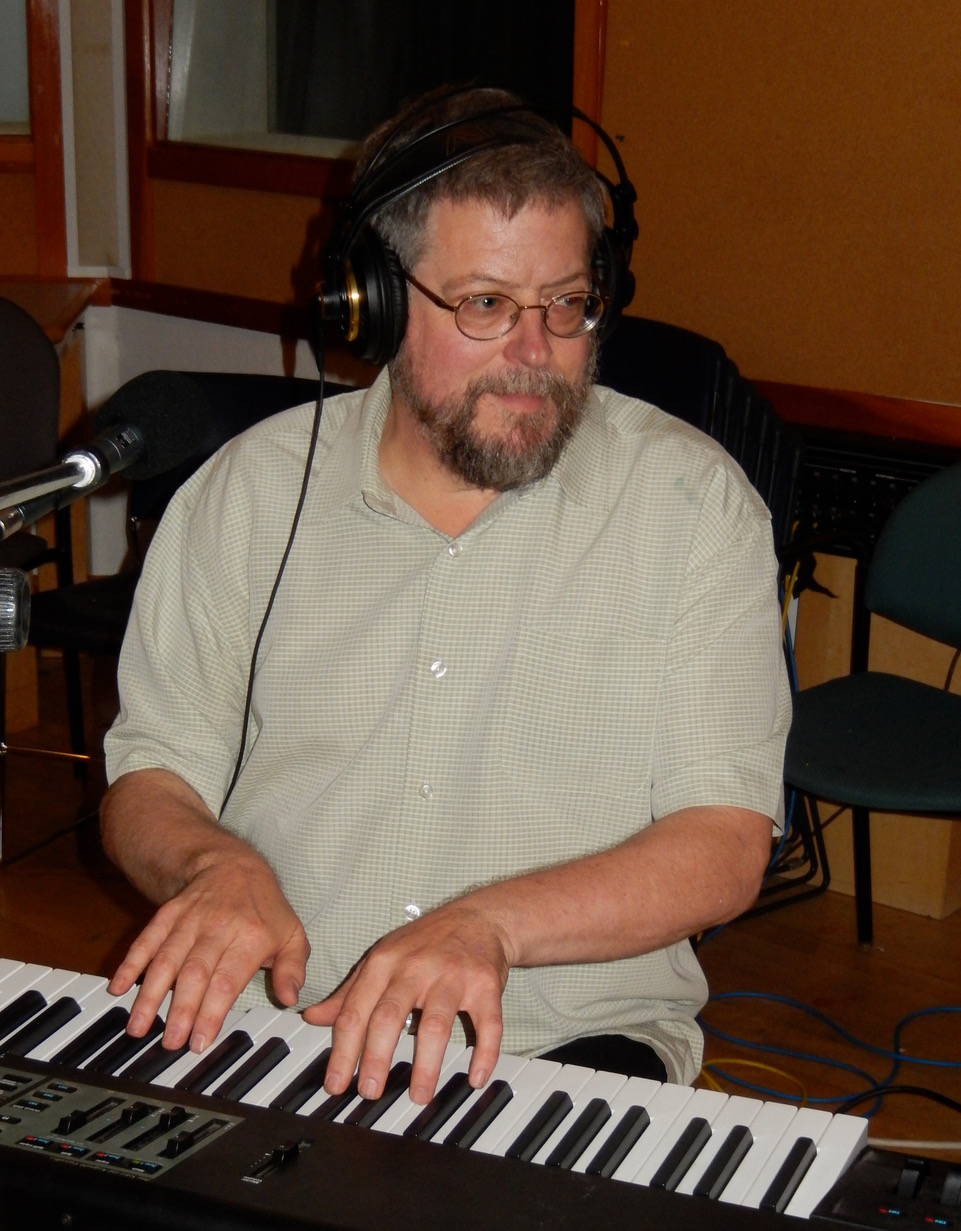
Though they’d run into each other before, they only connected when their mutual friend Henry Kaiser suggested that T.C. sit in at a show of Bob’s band “Second Sight.” They sat down at two pianos to review material, and found that they couldn’t stop playing—improvisations simply kept unfolding and revealed an inexhaustible musical connection. It was reinforced after Jerry Garcia’s death, when T.C., seeing Bralove’s despair, leaned over and said, “You know how to get through this, don’t you?” “No.” “You play through this.”
And so Dose Hermanos was born.

Their most recent studio album, Batique, leaned to acoustic pianos; Memory employs the full range of digital sound to create literally infinite possibilities.
Comments on a few of the songs:
Bralove’s part in the title song, he says, is essentially one note that is manipulated by digital filters. T.C. commented that it was the same principle as a Jew’s Harp—“you hear the same tone, but the melody and everything else dances around it.” That dance came from T.C., coming across as a string orchestra, which he thought represented “the radiance of a galaxy to me.”

“Inside the Ancient Tetrahedron” suggests to many the sound of a gamelan, with T.C. playing percussion lines. As he put it, “In ‘60s music, drums were about being a person, not just a part.” And this percussion definitely has personality.
“Garden of Delights” came about when they listened to a Morton Feldman piece that they thought was interesting, said Bob, “and let’s see where we can take it,” wandering in the garden and visiting various flowers. Feldman’s approach would be more static, but T.C. points out, “We’re not content to stay static for long….We’re coherent but not congruent, so that each of us brings something to the table. And it’s a nice table.”
“Cirque des Etoiles”: Nino Rota meets Jimmy Smith, per T.C. Horn sounds that emerge from the recorded MIDI systems, which allowed for orchestration after the fact…and kept Bob as producer busy for quite a while.
“IRT,” which TC describes as “an elegant exuberance to motion for its own sake.” Bob adds that their playing “just completely transcends that sense of notes and these shapes and gestures appear and are folded into each other and back and forth, it’s just another level of consciousness about the music. And I’m always quite stunned at how well it conveys what we want – because when we do it, it works.”
Phil Lesh, Bralove recalled, “once said that the first thing you have to decide when you’re playing in this free-form environment is whether you’re going to play with the other person or against them.” (laughter) There’s a certain level of tension required, and “after all these years of us (Dose Hermanos) playing together, we know how to resolve all tensions, and how to create them.”

In sum, he concludes, “If you have to think too much about it or work it too hard, it’s not really Dose. It has to work on the cosmic level and then work down to the notes. It doesn’t work from the notes up…We’re consistently doing us. It’s inevitable that we will do us, and not an imitation.”
Tom concludes: “Our faith is rewarded every time we jump into it…it’s like stumbling through a dream and knowing that goodies will show up.”
Here’s a live video of “Waltz of the Autumn Moon”:
Download link: All of the usual platforms, including Apple
CD purchase: Amazon











